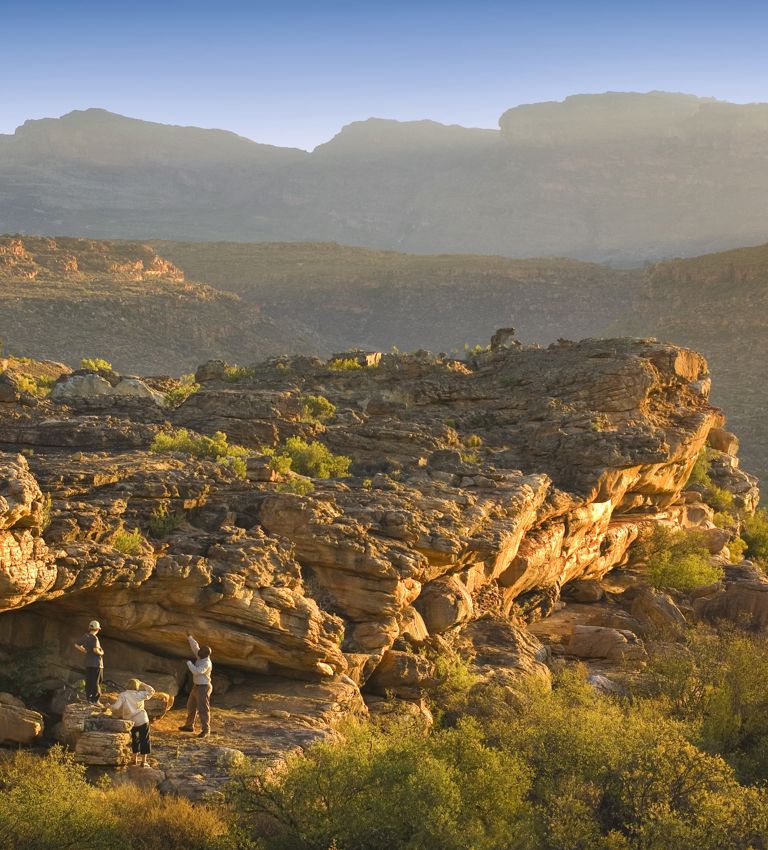
Conservation collaboration
Learn how we're preserving this unique landscape and culture of the Cape Floral Kingdom through conservation and community efforts.

Learn how we're preserving this unique landscape and culture of the Cape Floral Kingdom through conservation and community efforts.
Get a taste of the extraordinary rock art at Bushmans Kloof Wilderness Reserve.